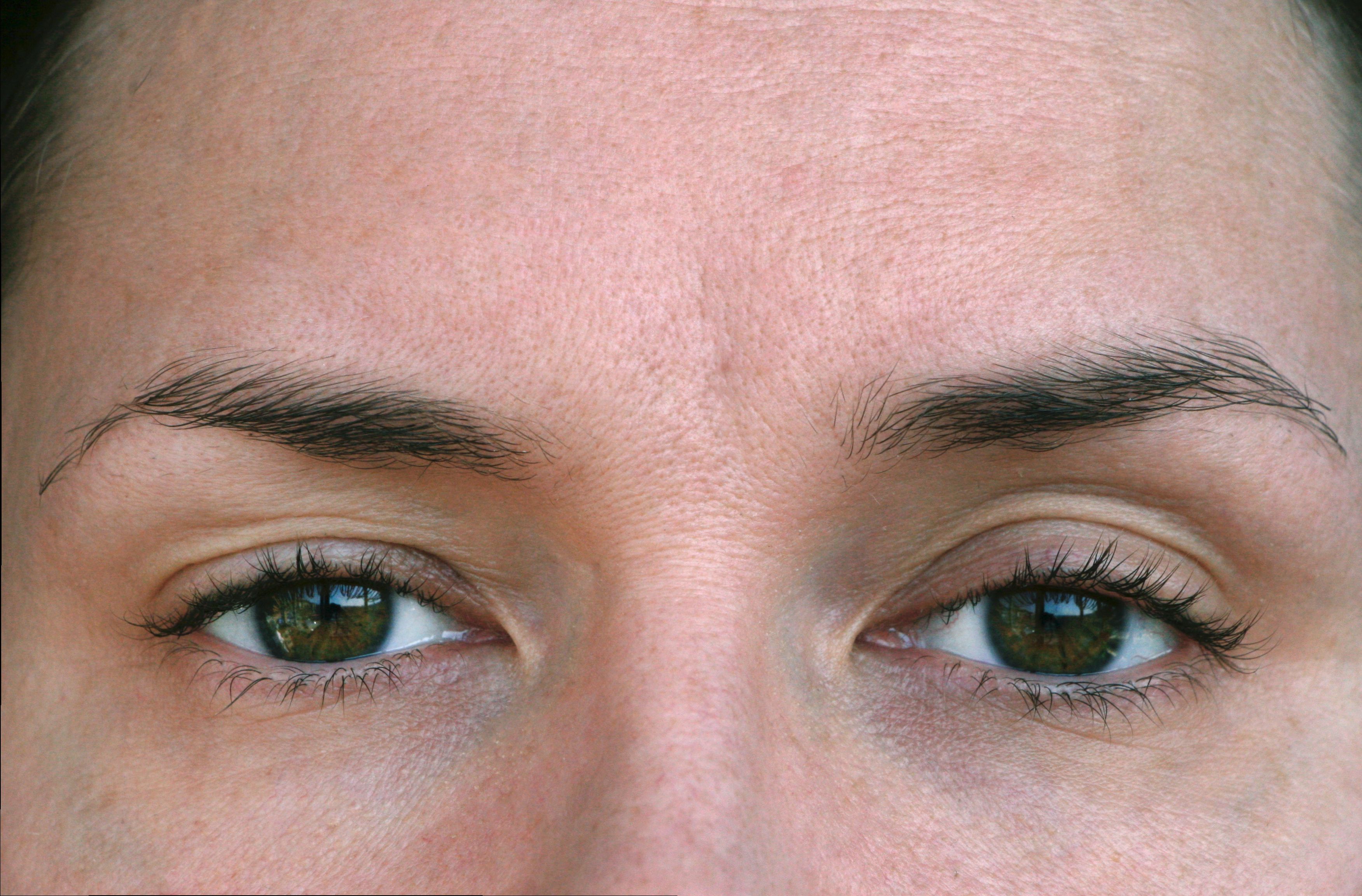Keeping an eye out for double-organ bias

Double-organ bias, i.e., inclusion of data from 2 eyes as independent variables in the statistical analysis, was found to be “very high” in published clinical trials and randomized clinical trials on eyelid ptosis and can lead to inaccurate statistical analyses,1 reported Mehmet Serhat Mangan, MD, FEBOphth, from the Division of Ophthalmic Plastic and Reconstructive Surgery, Sadik Eratik Eye Clinic, Haydarpasa Numune Education and Research Hospital, University of Health Sciences, and Fehim Esen, MD, FEBOphth, from the Department of Ophthalmology, Faculty of Medicine, Goztepe Education and Research Hospital, Istanbul Medeniyet University, both in Istanbul.
The investigators explained that they observed informally that double-organ bias may be a neglected issue during statistical analyses in clinical trials of eyelid ptosis. In light of this, they wanted to document definitively the prevalence of double-organ bias in published studies because “proper statistical analysis is an essential element in the evaluation of clinical trial outcomes,” they emphasized.
To do so, they searched PubMed over the past 2 decades for clinical trials on eyelid ptosis using the terms blepharoptosis or upper eyelid ptosis or eyelid ptosis” and the filters “randomized controlled trial (RCT), clinical trial, and humans.”
Study results
The search identified 101 articles and 23 of them satisfied the search criteria. Three articles were eliminated because the primary outcome measure was unrelated to eyes.
Drs. Mangan and Essen reported identifying double-organ bias in the statistics in 14 (70%) of the remaining 20 articles. The found also that the bias was slightly less common in randomized trials (60% vs. 80%), but the difference did not reach significance. The prevalence of bias was similar between ophthalmology journals and the journals focused on other topics (p = 0.64).
Interestingly, they pointed out, there tended to be more bias in quartile 1 journals (87.5%), that is, journals that were in the top 25% of the journals grouped within a subdiscipline, compared to quartile 2 and 3 journals (58.3%). In addition, the median impact factor was higher in articles with bias (1.82 vs. 1.29), but the differences did not reach significance (p = 0.32, p = 0.24). They also reported that no difference was seen between the last 2 decades (66.6% vs. 75%, p = 0.64).
The authors concluded, “The prevalence of double-organ bias was very high in published clinical trials on eyelid ptosis (70%) and even among [randomized clinical trials] (60%). The prevalence of bias did [not] prevent publication in higher impact factor journals and did [not] change between journals from different disciplines or over time.”
Reference
Mangan MS, Esen F. Double-organ bias in controlled trials on eyelid ptosis. Ophthalmic Plast Reconstr Surg 2021;37:381-4; doi: 10.1097/IOP.0000000000001883
Newsletter
Want more insights like this? Subscribe to Optometry Times and get clinical pearls and practice tips delivered straight to your inbox.